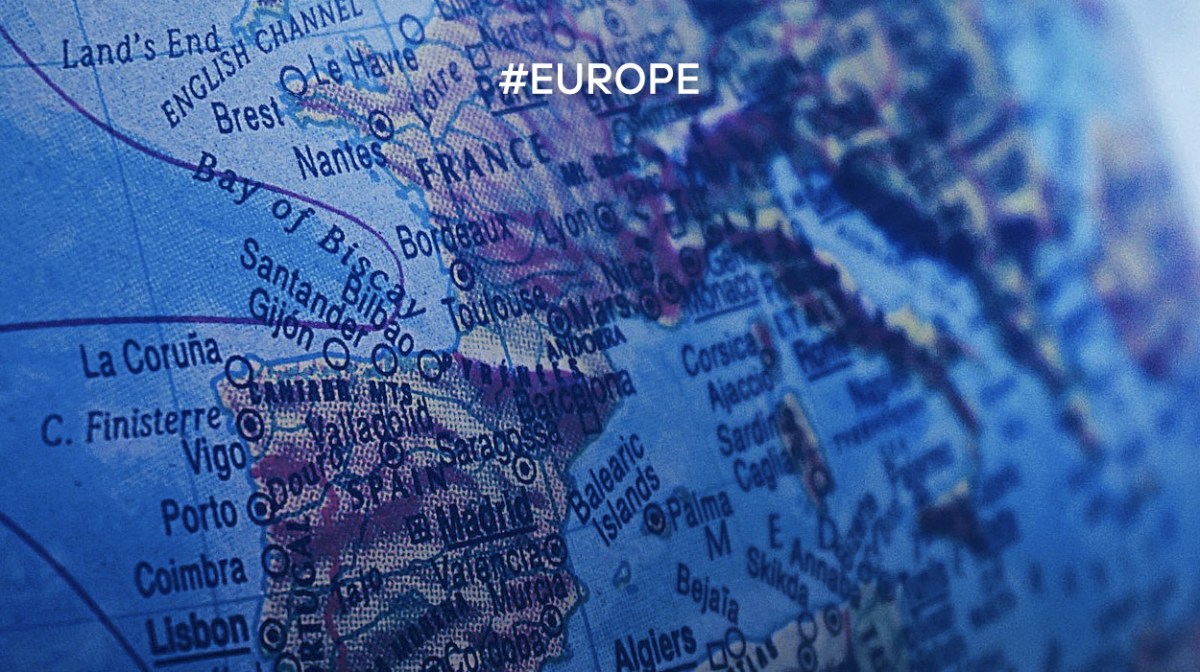What does European regulation consist of?
European regulation responds to the need to harmonise and establish legislation in 27 countries with different economies, legal structures and political priorities.
It is characterised by its abundance and technical depth.
What are its main characteristics?
One of the main characteristics is its legislative process, which is complex – like heavy machinery – and tripartite. The European Commission participates with an eminently technical role and is responsible for proposals, the European Parliament represents citizens and has a political dimension, and the Council of the EU represents the governments of the Member States.
Negotiations between these three institutions – known as trilogues – are at the heart of the legislative process and result in the adoption of legislation. This institutional balance often requires a lengthy and, of course, rather cumbersome process.
What challenges does it face?
This is an extremely timely question, as European regulation is currently facing multiple challenges. The first is regulatory simplification: there is a widespread perception that the European regulatory framework has grown in complexity, and there is a clear intention, driven by the Commission and expected in the next term, to make regulation more efficient by reducing bureaucratic burdens.
The second is European strategic sovereignty: there is a need for Europe to act as a unified global player, even when this means going beyond the individual interests of Member States. This has become evident in sectors such as technology, energy and defence, where the aim is to reduce external dependencies.
Thirdly, geopolitics: growing global competition, especially with powers such as China and the US, requires regulation capable of protecting European strategic interests and promoting innovation.
What are the main types of European rules?
European law provides for several types of legal acts, ranging from the most to the least binding on Member States:
- Regulations: these are directly applicable in all Member States without the need for transposition. They have immediate force of law.
- Directives: these set minimum objectives to be achieved by Member States, but allow for some flexibility in their transposition into national law.
- Decisions: these are binding on those to whom they are addressed (one or more Member States or companies).
- Recommendations and guidelines: these are not binding, but guide the activities of the competent authorities and the interpretation and application of European law.
This regulatory architecture reflects the balance between the need for harmonisation and respect for national sovereignty.
How does it impact national regulations?
European regulation necessarily has an impact on national regulations. The impact depends on the type of regulation. Regulations have direct effect and take precedence over national legislation. Directives, on the other hand, require transposition, which means that there is room for interpretation and adaptation in each country.
This system has profoundly transformed the national law of Member States in all sectors. In practice, much of current national legislation derives from European regulations.
Are there any other similar types of supranational regulation on other continents?
Yes, but none as developed as that of the European Union, both in terms of scope and actual supranational legislative capacity. One example is MERCOSUR in Latin America, but with a more limited degree of supranational scope.
What examples of European regulation exist?
Some illustrative examples show how regulation in our sector affects everyday life. A clear case is the roaming regulation, which limits roaming charges in the European Union to the prices of domestic tariffs.
Another example is the regulation of termination rates, which sets maximum wholesale prices for calls between operators. In the field of technology, the EU has approved legislation requiring all electronic devices sold in the EU to use the same type of charger, USB-C.
In telecommunications, the European Electronic Communications Code has harmonised the regulatory framework in Member States and has been transposed in countries such as Spain through the General Telecommunications Law. And, of course, the General Data Protection Regulation (GDPR) on privacy and personal data processing, with implications for any company operating in the digital environment.
